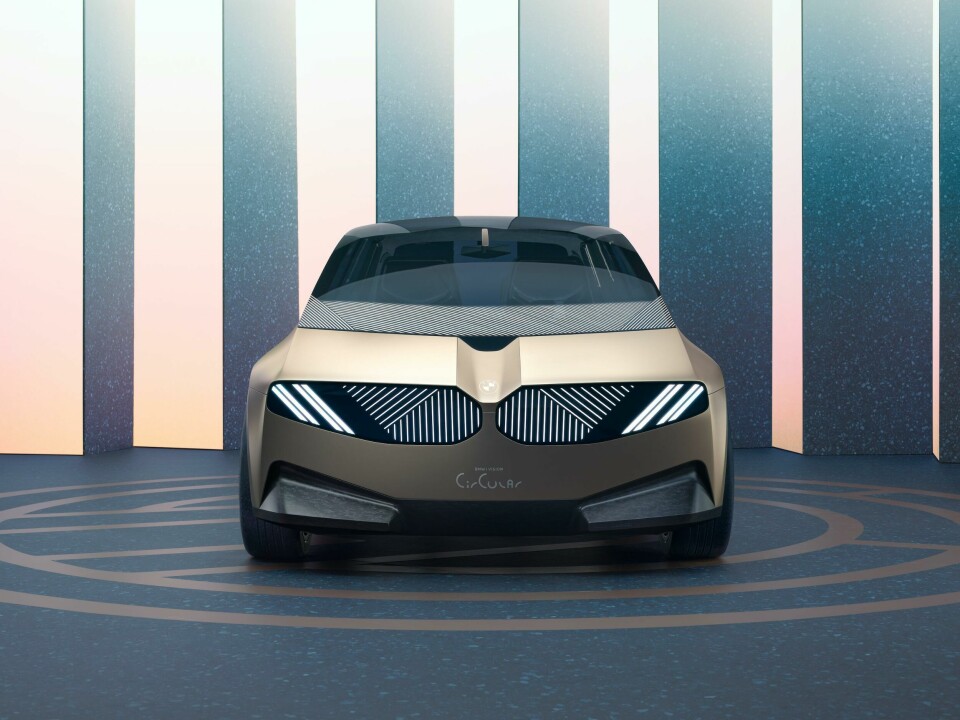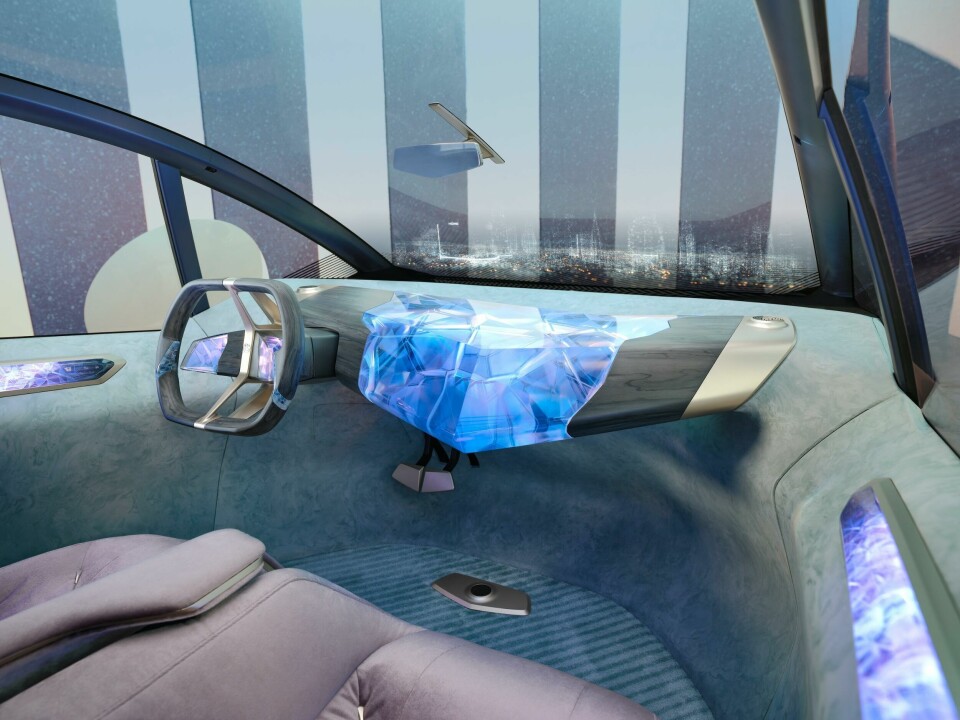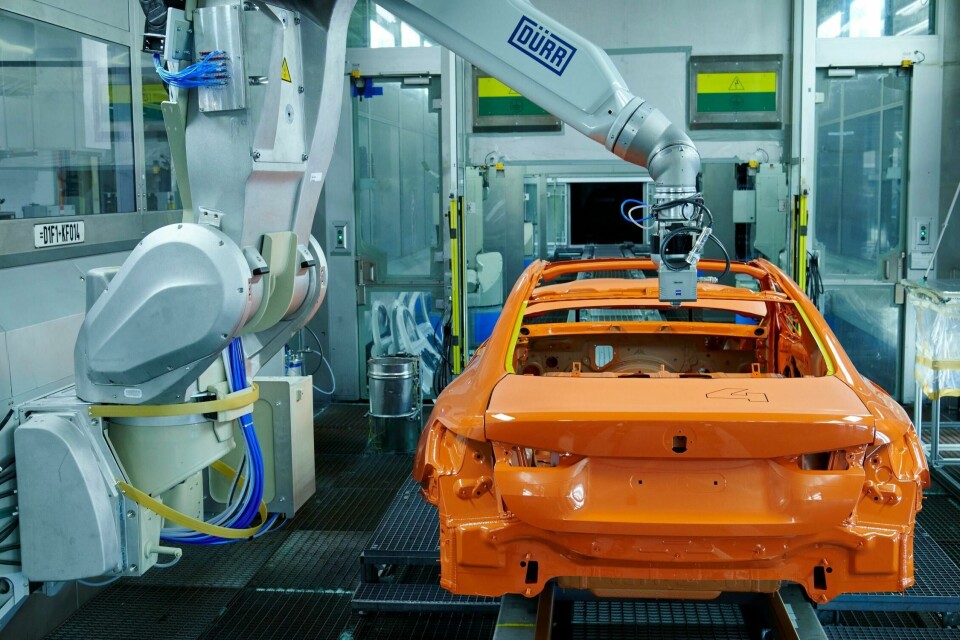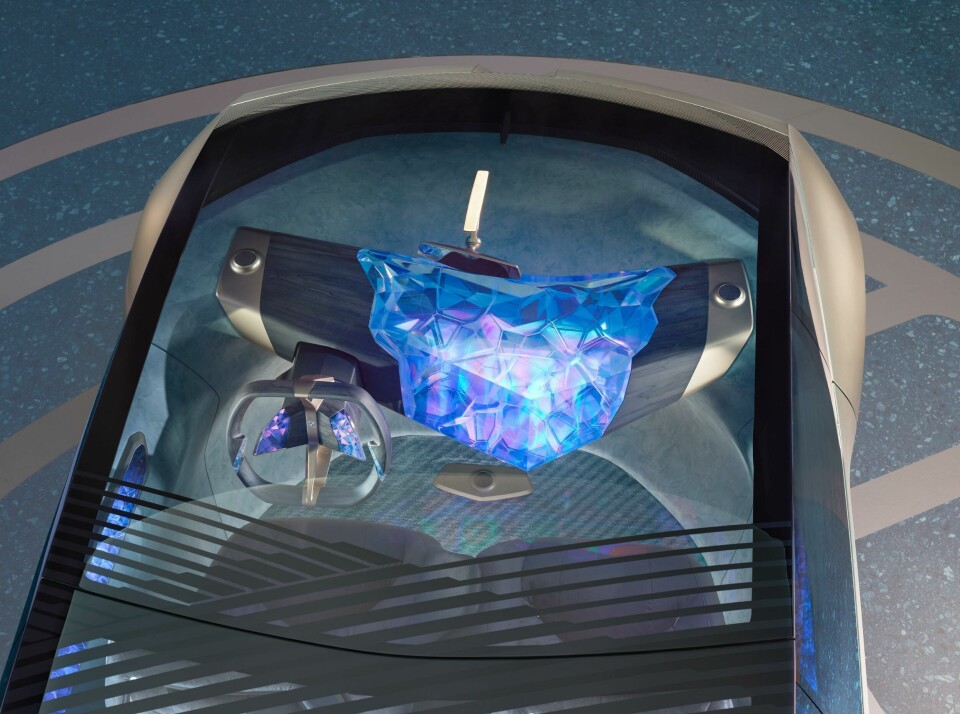
Interview: Adrian van Hooydonk, BMW Group director of design
Mark Smyth chatted to BMW Group’s head of design, Adrian van Hooydonk about responding to criticism, circular design, why designers need to use fewer parts
Director of BMW Group design, Adrian van Hooydonk, has been with the company for almost thirty years, taking over the Group position from Chris Bangle in 2009. His role covers BMW, Mini, Rolls-Royce and the BMW Designworks brand so he’s a very busy chap, but he took time to chat to Car Design News at the recent Concorso d’Eleganza Villa d’Este on the shores of Lake Como.
The concours featured fifty of the most desirable cars on the planet, all in one of the most picturesque settings. But while Van Hooydonk and his colleagues believe very much in learning from the cars of the past and the DNA that was woven into them, it’s the future that he really has his eye on.
Car Design News: What are your expectations in terms of the future of cars and their design?
Adrian van Hooydonk: We are working on products for the future and we’re doing everything we can to make the future very good. It will be very different, of course. We at BMW feel that future cars are going to be electric and much more intelligent. So intelligent that they can probably drive on their own. And we feel that they need to become far more sustainable, meaning the cars have to become circular.

CDN: You mention the term circular and you revealed the i Vision Circular concept at the IAA show in Munich, but what elements of its design give us clues to your future direction?
AVH: Every element that we have there was meant to basically set us free from convention, set us free from the way we design and develop cars right now. It’s hard to say exactly which ideas work well enough to use, so it’s really a testbed in that sense.
CDN: What exactly does circular mean for you?
AVH: What we’re investigating right now is how we can begin to close the loop, how we can build cars out of recycled metal, recycled aluminium, recycled plastic. It will take us a while to completely understand how to do it, but the i Vision Circular show car is full of ideas, many of which are under development by our engineering team.
All BMWs are currently up to 99% recyclable, and we have an obligation to take every car back if a customer wants to return it. We can then take it apart and recycle nearly every bit of it. The next step is to build a new car from these old ones that have been returned, and at the moment that’s not possible. In our cars today we use roughly 35%-40% of recycled material – a figure that obviously needs to go much higher. Once we’ve done that we can really begin to talk about being circular.
CDN: What does it mean for changes in the way you design a car to be assembled or for that matter, dis-assembled?
AVH: We are going to use less glue. So, again with the i Vision Circular, we thought of different ways of attaching things. We even have some fasteners that can turn and twist to open up the seats, for example. We have to think about dis-assembly in the design phase.

CDN: Will this also mean simpler designs?
AVH: The form language that we’re using already is trying to achieve character with very few lines and few elements. If we look into the future, part of making cars circular will also be to evaluate how many pieces and parts we use.
If you look at the Circular concept, the front end is very clean and there are very few parts. But if you look at our cars today, the headlamp alone is made out of 60 different pieces, all carefully designed – beautiful, but very complex. And our grille of today contains 20 pieces. When you start thinking about the future, it makes sense to not only reduce visually, but also actual reduction in parts.
CDN: Seeing as you’ve mentioned the grille, how do you feel about the criticism of some of your most recent designs?
AVH: I think it’s part of the game. We feel that we need to keep moving forward in design, and if we do our job well, they hold up for a long time, even as a used car because all of that is relevant to our customers. The question is how to do that, how to create a design that holds up well past its normal lifecycle? Typically, when you’re trying to do that, initially when it comes out, people will find it interesting and maybe it will also cause some controversy. We’ve seen that recently with cars like the M4, but it died down very quickly.

CDN: So, have you become more thick-skinned when it comes to criticism over the years?
AVH: Well, how to answer that – I don’t think so, because as a designer you are, of course, deeply involved, not just with your mind but with your whole heart and soul. So, obviously, it’s nicer to receive praise than criticism, but you learn more probably from criticism in life than from praise. So, you take it on board, and you try to analyse and figure out what you can learn from it and what you can do better. That’s part of the game.
CDN: How difficult is it to design for this modern era of technology?
AVH: That’s something that I’ve thought about quite a bit; is it becoming harder to do car design? It feels like it is sometimes, because there’s more regulations that we have to observe and that the cars have to fulfil. On the other hand, technology also progresses in terms of what we can do with materials, what we can do in metal, what we can do in carbon fibre. In the end I believe it probably evens out.

CDN: What are you spending more time on, exterior or interior design?
AVH: I would say I spend more of my time dealing with interior design. First of all, it’s perhaps more complex than exterior design. Secondly, there is probably more technological change happening right now with the whole digitalisation, the whole user interface aspect, so you have to spend more time at that right now. But exterior I think will never go away as the first thing that people see and that has to attract people.
CDN: What about the shift in control from the human to the car?
AVH: I think in the next five to ten years we will probably see all these changes happen, and for me as a designer, for my team, that means that it’s going to be super interesting. I believe that when technology is changing then we as designers are more challenged, but there’s also more possibilities for change in design, that’s how we approach this era.



